Animals bridges, which may also be known as ecoducts or wildlife crossings, are structures that allow animals to safely cross human-made barriers like highways. A wildlife crossing is the broadest term and can include: underpass tunnels, viaducts, overpasses and bridges, amphibian tunnels, fish ladders, culvets and green roofs.
Animals in the wild need to migrate to find mates, food and other resources for their survival, and sometimes their routes take them across busy highways. This can be dangerous for both wildlife and drivers.
10 amazing wildlife crossings from around the world
1. The Netherlands
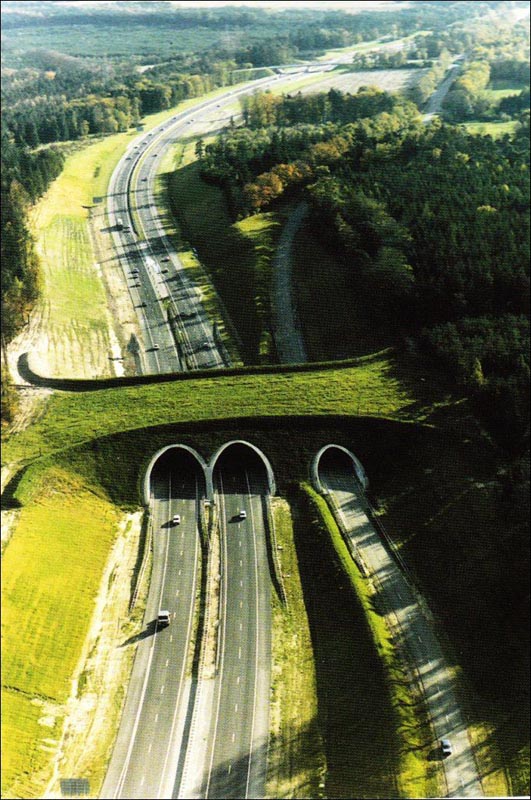
The Netherlands was one of the first countries in the world to deploy a network of wildlife crossings across the landscape. More than 600 have been built in this country, including the world’s longest wildlife overpass, the Natuurbrug Zanderij Crailoo, which is 50 meters wide and over 800 meters long. It spans a business park, a river, a roadway, a railway line and a sports complex.
2. Highway A50 in The Netherlands
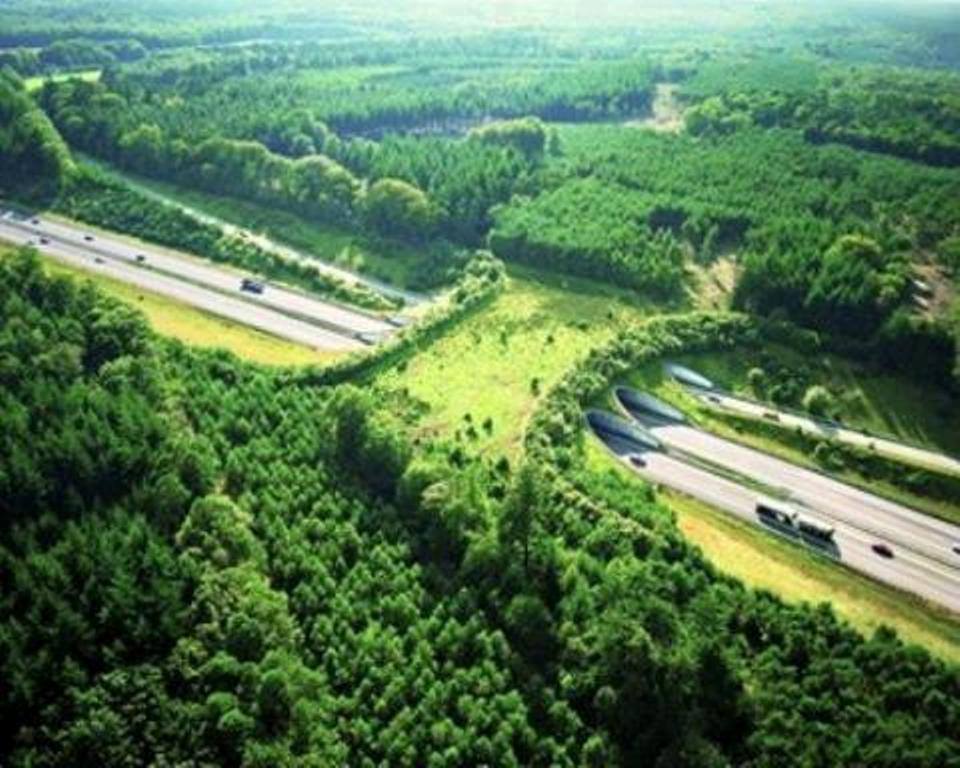
3. The Borkeld, The Netherlands
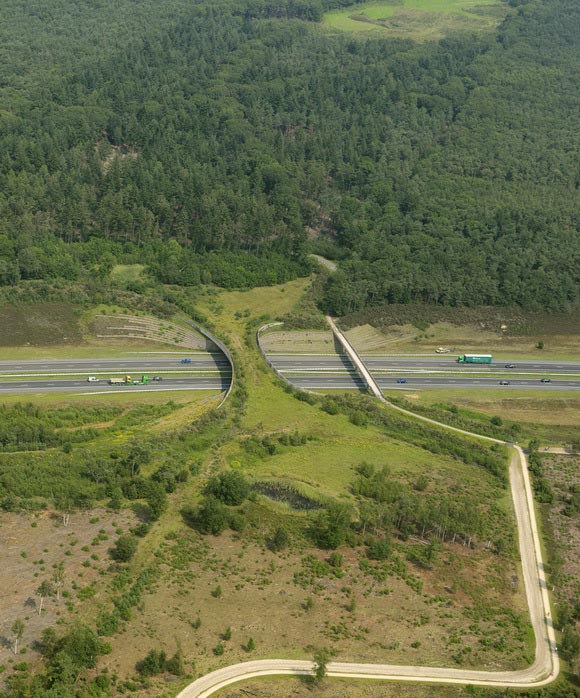
4. Banff National Park, Alberta, Canada
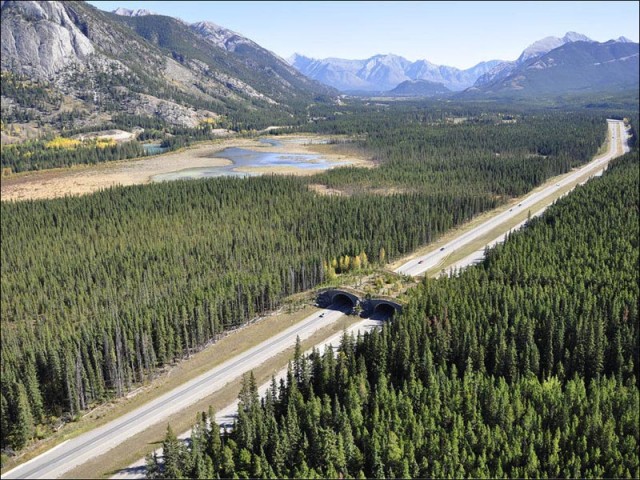
Wildlife crossings have also become increasingly common in Canada and the United States. The most recognizable wildlife crossings in the world are found in Banff National Park in Alberta where the national park is bisected by a large commercial road called the Trans-Canada Highway.
5. Scotch Plains, New Jersey, USA
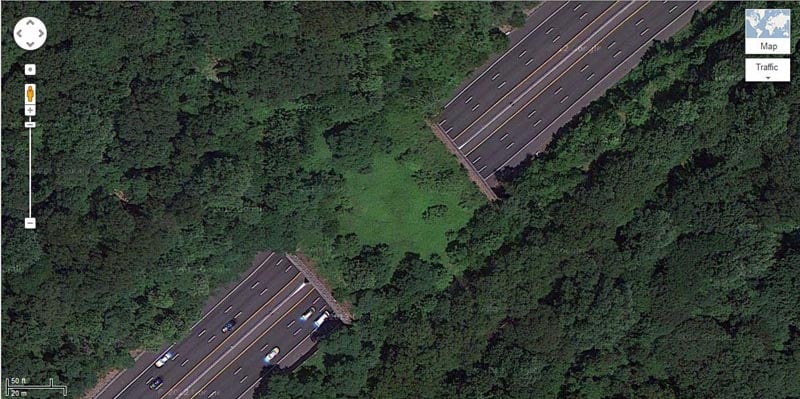
To reduce to effect of the four lane highway, 24 vegetated overpasses and underpasses were built to ensure habitat connectivity and protect motorists. These passes are used regularly by bears, moose, deer, wolves, elk, and many other species.
6. Flathead Indian Reservation, Montana, USA
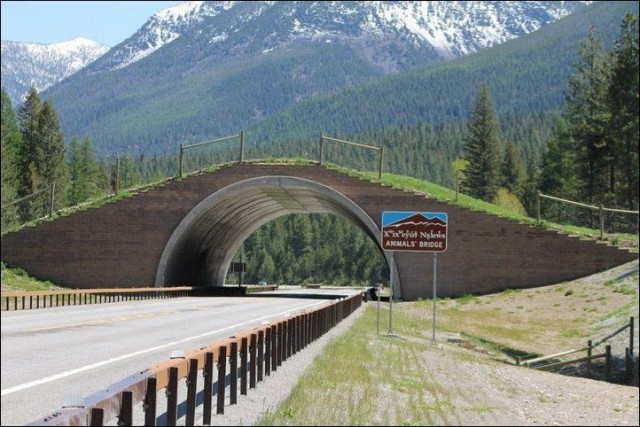
The eco-bridge is an innovative idea to help those animals cross more safely. At first glance, it looks like a typical highway overpass. However, unlike a road or pedestrian walkway, an eco-bridge is covered with tons of dirt and native vegetation to create a seamless path for animals to travel.
7. Interstate 78, Wachtung Reservation, New Jersey, USA
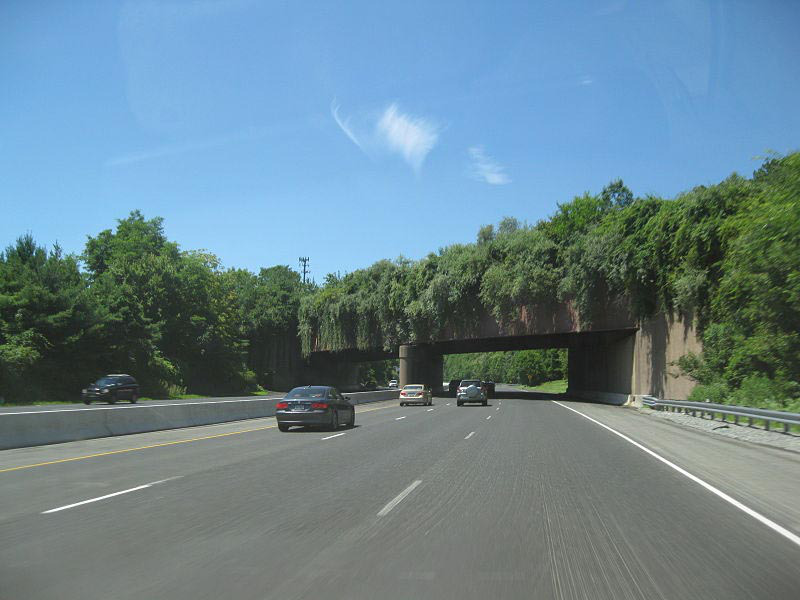
8. Near Keechelus Lake, Washington, USA
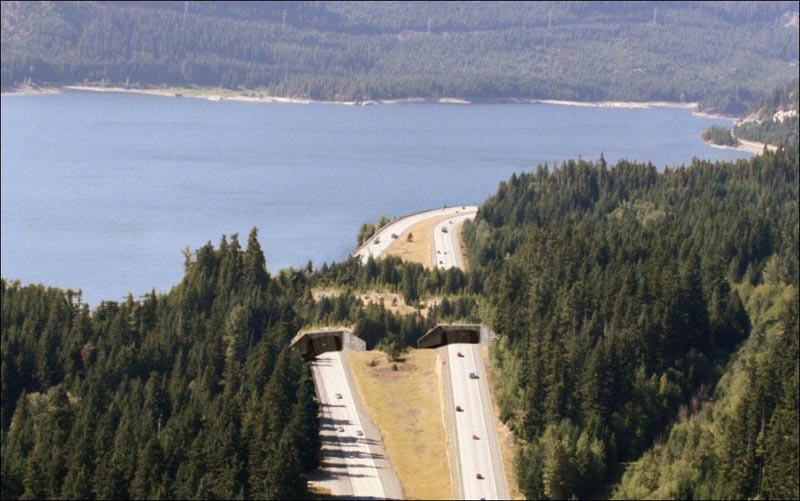
9. B38 – Birkenau, Germany
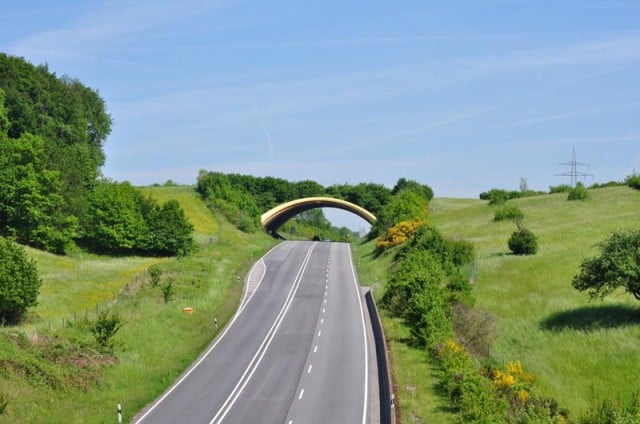
10. E314 in Belgium
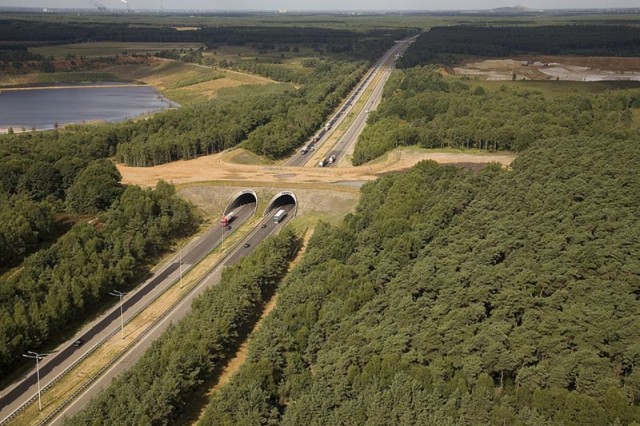

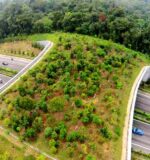
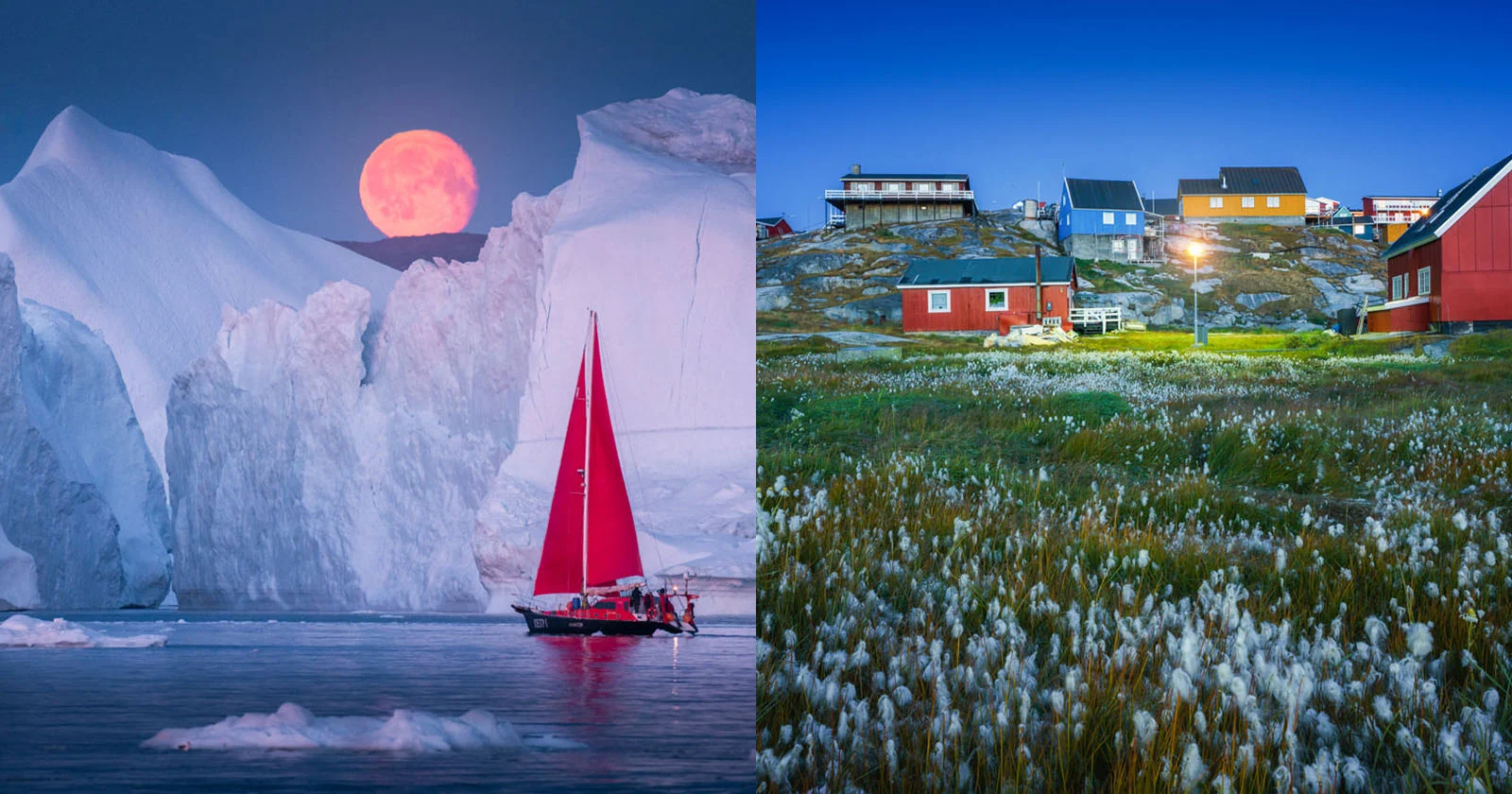
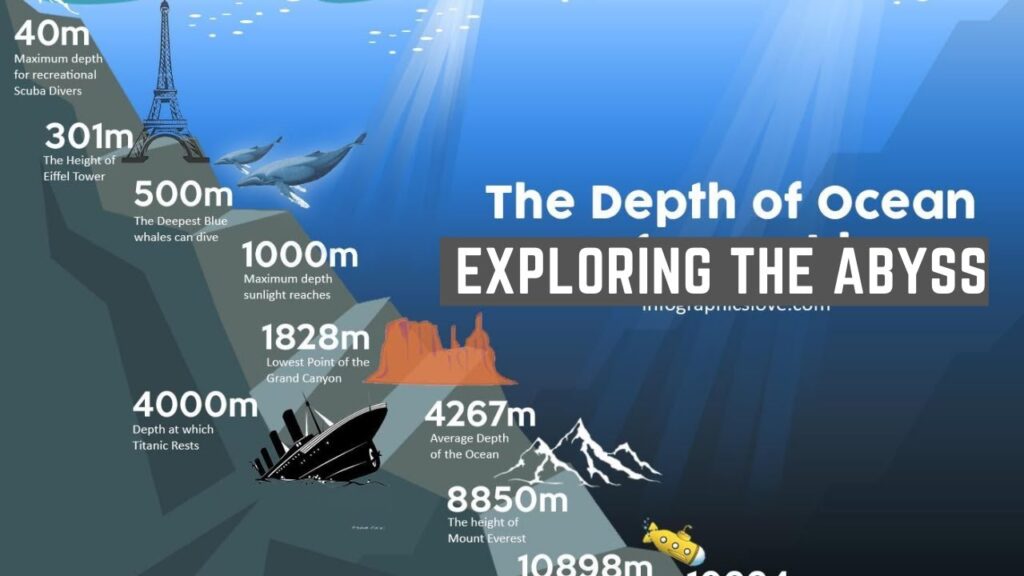

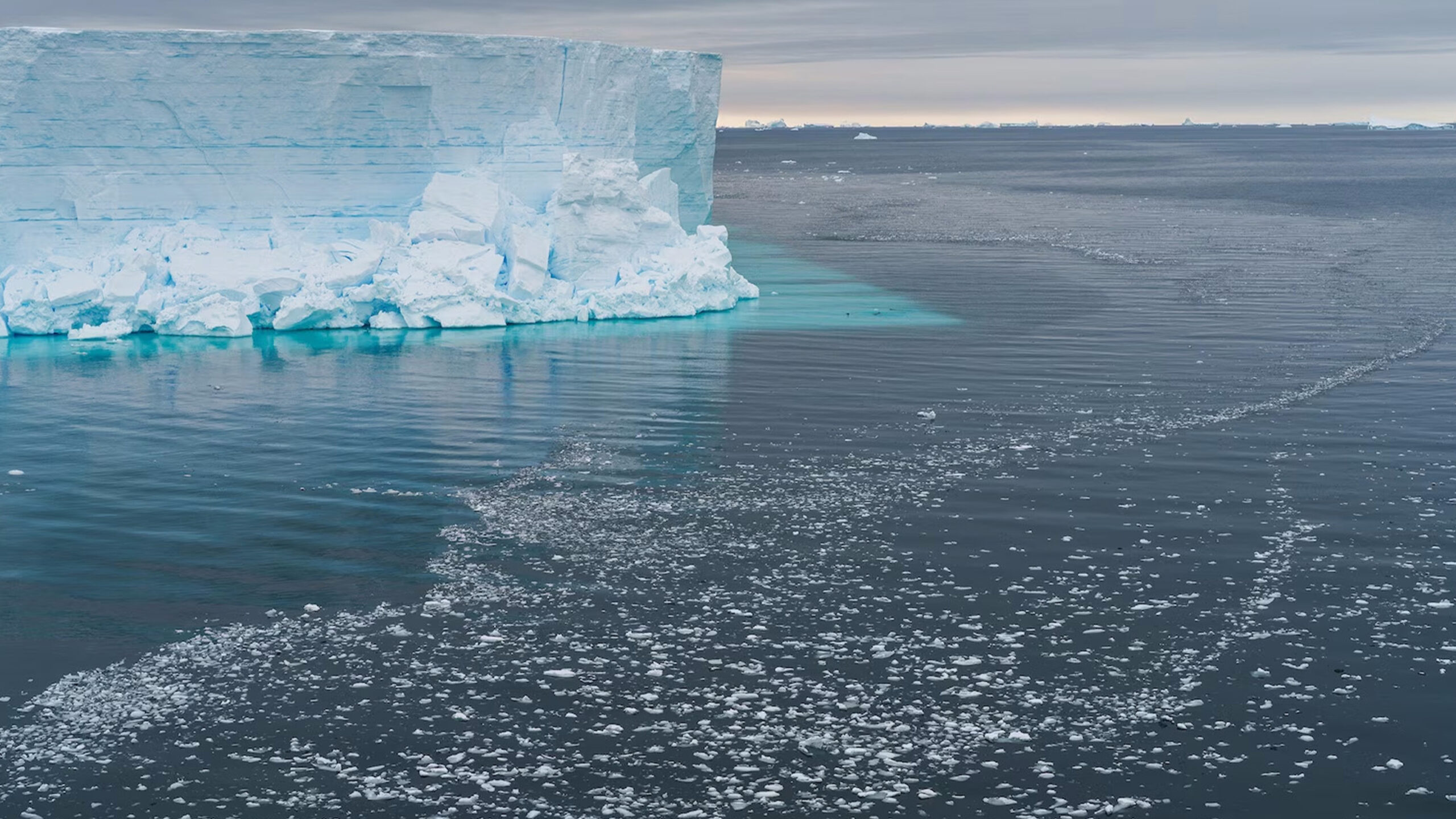
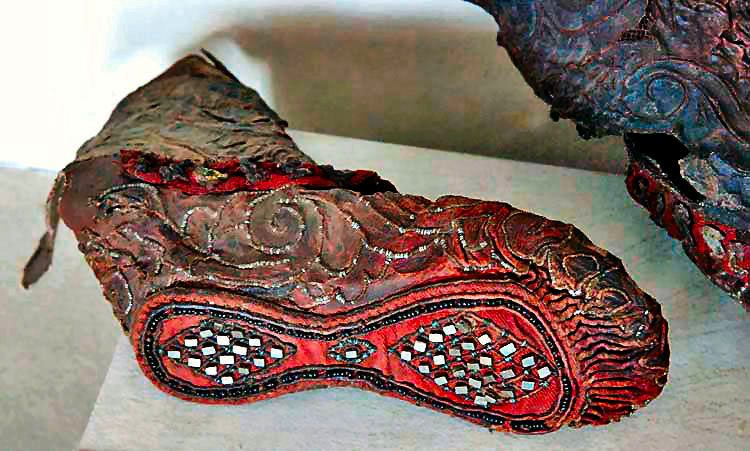

 Photographer Finds Locations Of 1960s Postcards To See How They Look Today, And The Difference Is Unbelievable
Photographer Finds Locations Of 1960s Postcards To See How They Look Today, And The Difference Is Unbelievable  Hij zet 3 IKEA kastjes tegen elkaar aan en maakt dit voor zijn vrouw…Wat een gaaf resultaat!!
Hij zet 3 IKEA kastjes tegen elkaar aan en maakt dit voor zijn vrouw…Wat een gaaf resultaat!!  Scientists Discover 512-Year-Old Shark, Which Would Be The Oldest Living Vertebrate On The Planet
Scientists Discover 512-Year-Old Shark, Which Would Be The Oldest Living Vertebrate On The Planet  Hus til salg er kun 22 kvadratmeter – men vent til du ser det indvendigt
Hus til salg er kun 22 kvadratmeter – men vent til du ser det indvendigt  Superknepet – så blir snuskiga ugnsformen som ny igen!
Superknepet – så blir snuskiga ugnsformen som ny igen!  Meteorite That Recently Fell in Somalia Turns Out to Contain Two Minerals Never Before Seen on Earth
Meteorite That Recently Fell in Somalia Turns Out to Contain Two Minerals Never Before Seen on Earth  Nearly Frozen Waves Captured On Camera By Nantucket Photographer
Nearly Frozen Waves Captured On Camera By Nantucket Photographer  It’s Official: Astronomers Have Discovered another Earth
It’s Official: Astronomers Have Discovered another Earth 